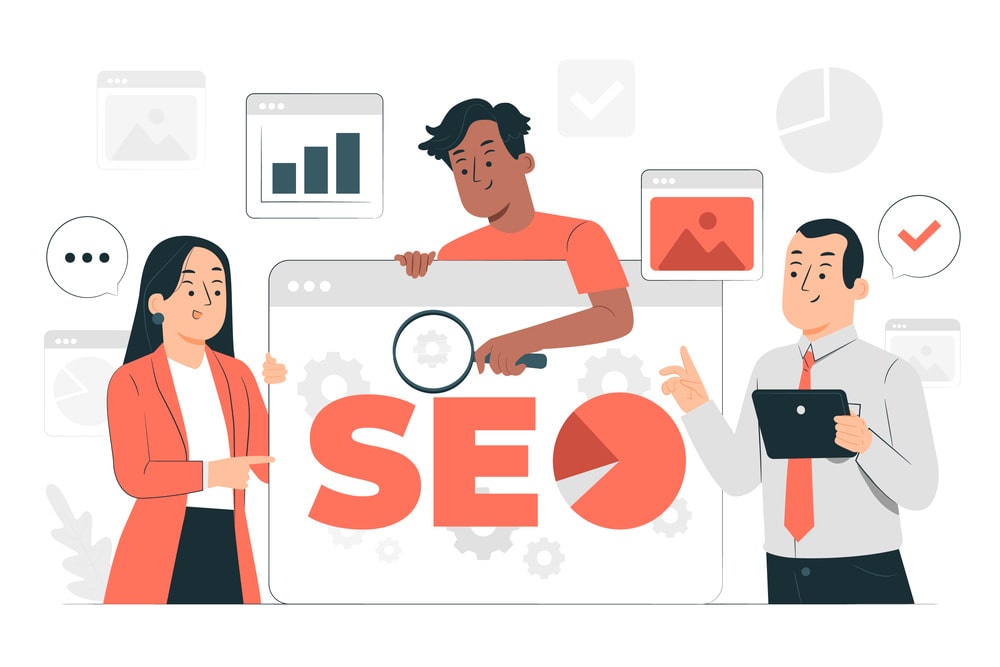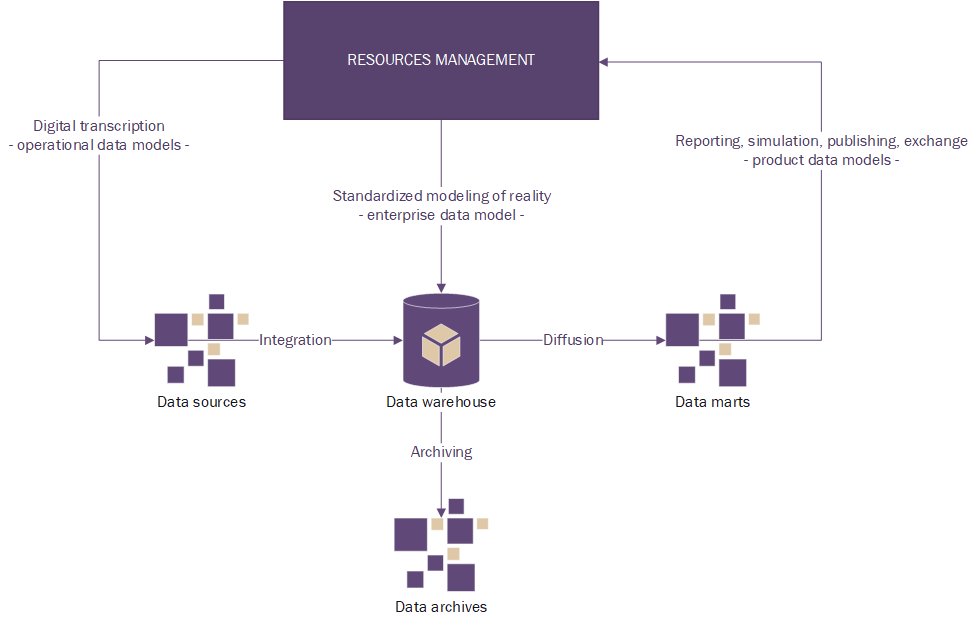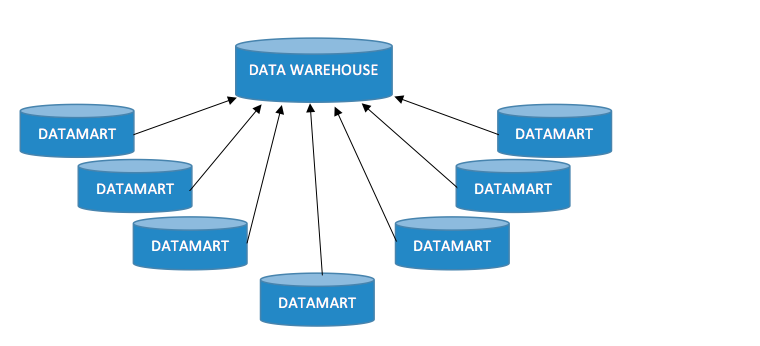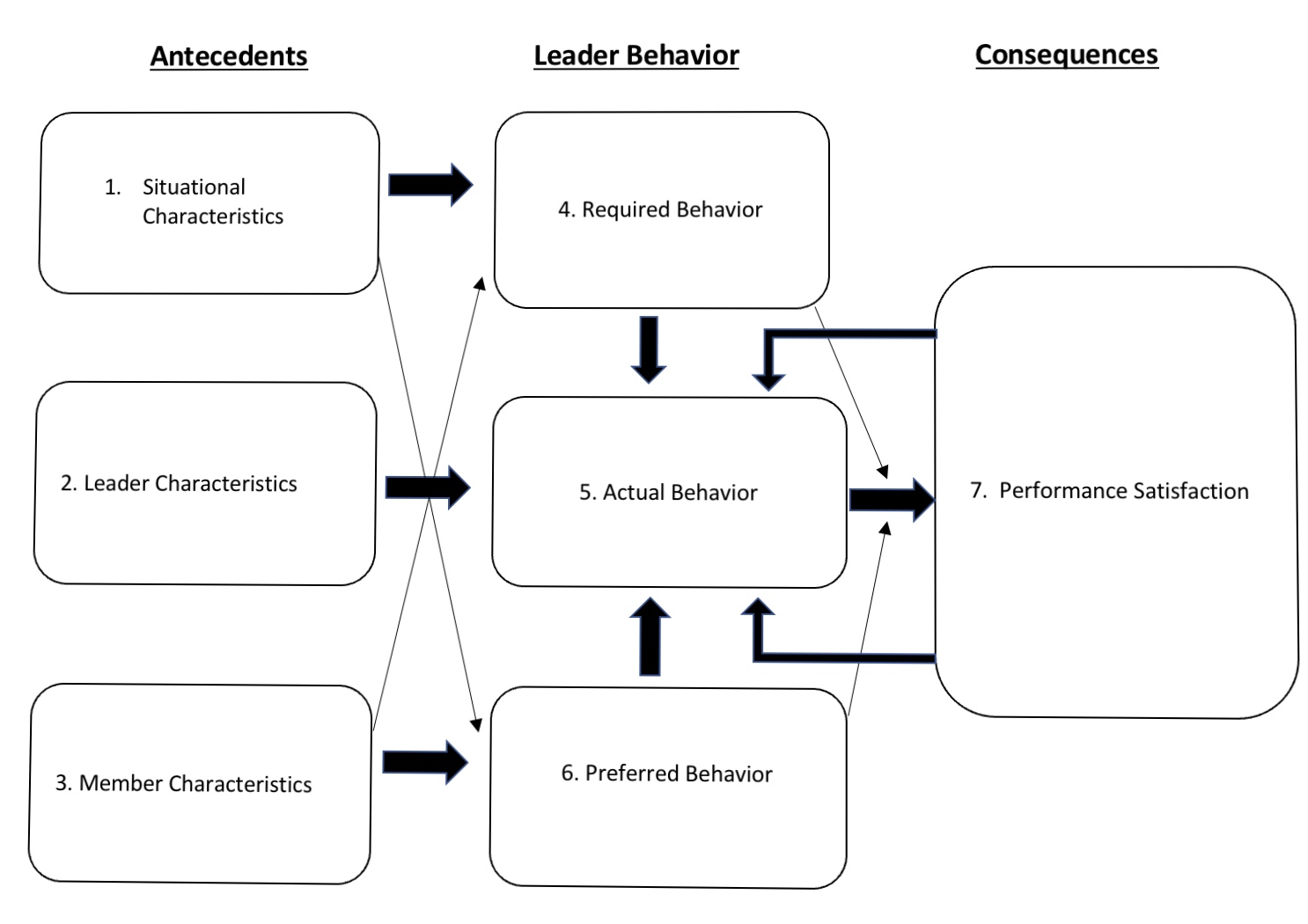What is SEO?

SEO, or Search Engine Optimization, is the practice of improving a website’s visibility and ranking on search engine results pages (SERPs), such as Google, Bing, or Yahoo. The goal of SEO is to increase organic (non-paid) traffic to a website by ensuring that the site appears as high as possible when users search for relevant terms.
SEO involves various strategies and techniques, including:
- Keyword Research: Identifying the keywords and phrases that potential visitors are searching for and strategically placing them in website content.
- On-Page Optimization: Improving the structure, content, and HTML of individual web pages. This includes optimizing titles, meta descriptions, headers, images, and content for keywords.
- Technical SEO: Enhancing the website’s technical aspects, such as site speed, mobile-friendliness, security (HTTPS), crawlability, and structured data, to ensure search engines can easily index and rank the site.
- Off-Page SEO: Building backlinks (links from other websites) to increase the site’s authority and reputation. High-quality backlinks from trusted websites help improve rankings.
- Content Creation: Producing high-quality, relevant, and engaging content that provides value to users. Search engines prioritize content that satisfies user intent.
- User Experience (UX): Ensuring the site is easy to navigate, loads quickly, and provides a good user experience, which can improve rankings indirectly.
SEO is an ongoing process, and search engine algorithms change frequently, so staying updated with best practices is essential for maintaining and improving rankings.
What are the things we should consider in SEO
When implementing SEO, there are several critical aspects to consider to ensure your website ranks well and attracts organic traffic. Here’s a breakdown of key elements:
1. Keyword Research
- Target Relevant Keywords: Identify search terms your audience is using. Use tools like Google Keyword Planner, Ahrefs, or SEMrush.
- Long-Tail Keywords: Focus on specific, less competitive terms that match user intent.
- Keyword Placement: Use keywords naturally in titles, meta descriptions, headers, URLs, and body content.
2. Content Quality
- Create High-Quality Content: Focus on providing valuable, informative, and relevant content that addresses user needs.
- Content-Length: While there’s no perfect length, longer content often ranks better as it is likely to cover a topic in more depth.
- Unique Content: Avoid duplicate content. Google penalizes websites that reuse content from other sources.
- User Intent: Ensure the content satisfies the searcher’s query (informational, transactional, navigational).
3. On-Page Optimization
- Title Tags: Include target keywords, keep it under 60 characters, and make it appealing for users to click.
- Meta Descriptions: Summarize the page’s content clearly in under 160 characters, using keywords when appropriate.
- Header Tags (H1, H2, H3): Structure your content with clear headings that include keywords.
- URL Structure: Keep URLs short, descriptive, and keyword-rich.
- Image Alt Text: Use keywords in image alt attributes for better ranking in image search and accessibility.
4. Technical SEO
- Site Speed: Ensure fast page loading times. Slow sites result in high bounce rates and lower rankings.
- Mobile-Friendliness: Google prioritizes mobile-first indexing, so ensure your website is responsive and performs well on mobile devices.
- Crawlability: Use a proper site structure and XML sitemap to help search engines crawl and index your site easily.
- Secure Website (HTTPS): Google favors secure websites, so SSL certificates are essential for ranking.
- Structured Data (Schema Markup): Add schema markup to help search engines understand the content better and display rich results like snippets.
5. User Experience (UX)
- Easy Navigation: Ensure a user-friendly, intuitive structure so visitors can easily find the information they need.
- Internal Linking: Link to other pages within your site to improve navigation and encourage visitors to explore further.
- Bounce Rate: Minimize bounce rates by ensuring the content matches user intent and is engaging.

6. Off-Page SEO
- Backlinks: Obtain high-quality backlinks from authoritative websites. Links from trusted sources act as “votes of confidence” for your site.
- Social Media Signals: While not a direct ranking factor, strong social engagement (likes, shares) can lead to more visibility and traffic.
- Brand Mentions: Unlinked mentions on other sites can still build credibility and authority for your brand.
Also Read : What is a botnet in a DDoS attack?
7. Local SEO (if applicable)
- Google My Business: Claim and optimize your Google My Business listing, especially for local businesses.
- NAP Consistency: Ensure your Name, Address, and Phone Number (NAP) are consistent across all platforms and directories.
- Local Citations: Get listed in local directories and review sites like Yelp or TripAdvisor.
- Customer Reviews: Encourage positive reviews on Google and other review platforms to boost your credibility.
8. Regular Monitoring & Analysis
- Analytics & Reporting: Use tools like Google Analytics and Search Console to track your site’s performance, traffic, and ranking.
- Rank Tracking: Monitor how your targeted keywords are performing in search rankings over time.
- Competitor Analysis: Regularly analyze competitor strategies to identify new opportunities and stay ahead in rankings.
9. Algorithm Updates
- Stay updated on changes to Google’s algorithms, as these can affect your site’s ranking. Regularly tweak your SEO strategies based on current trends and updates.
By considering these elements, you can develop a comprehensive SEO strategy that improves your website’s visibility, user engagement, and ultimately its rankings in search engines.
FAQ
1. What is SEO?
SEO (Search Engine Optimization) is the process of optimizing a website or online content to improve its visibility and ranking in search engine results pages (SERPs) like Google or Bing. The goal is to drive organic (non-paid) traffic to your site.
2. Why is SEO important for my website?
SEO helps your website appear higher in search results, leading to more visibility, traffic, and potential customers. Good SEO practices also improve user experience and make your site more accessible to search engines.
3. How long does it take for SEO to show results?
SEO is a long-term strategy. It can take anywhere from a few weeks to several months before you start seeing noticeable improvements in rankings and traffic, depending on the competitiveness of your industry and the quality of your efforts.
4. What are keywords, and why are they important?
Keywords are the words or phrases users type into search engines when looking for information. Using relevant keywords in your content helps search engines understand what your page is about and match it with user queries, improving your chances of ranking higher.
5. What are backlinks, and why are they important?
Backlinks are links from one website to another. They are important because they signal to search engines that your content is credible and authoritative. High-quality backlinks from trusted sites can improve your rankings.



